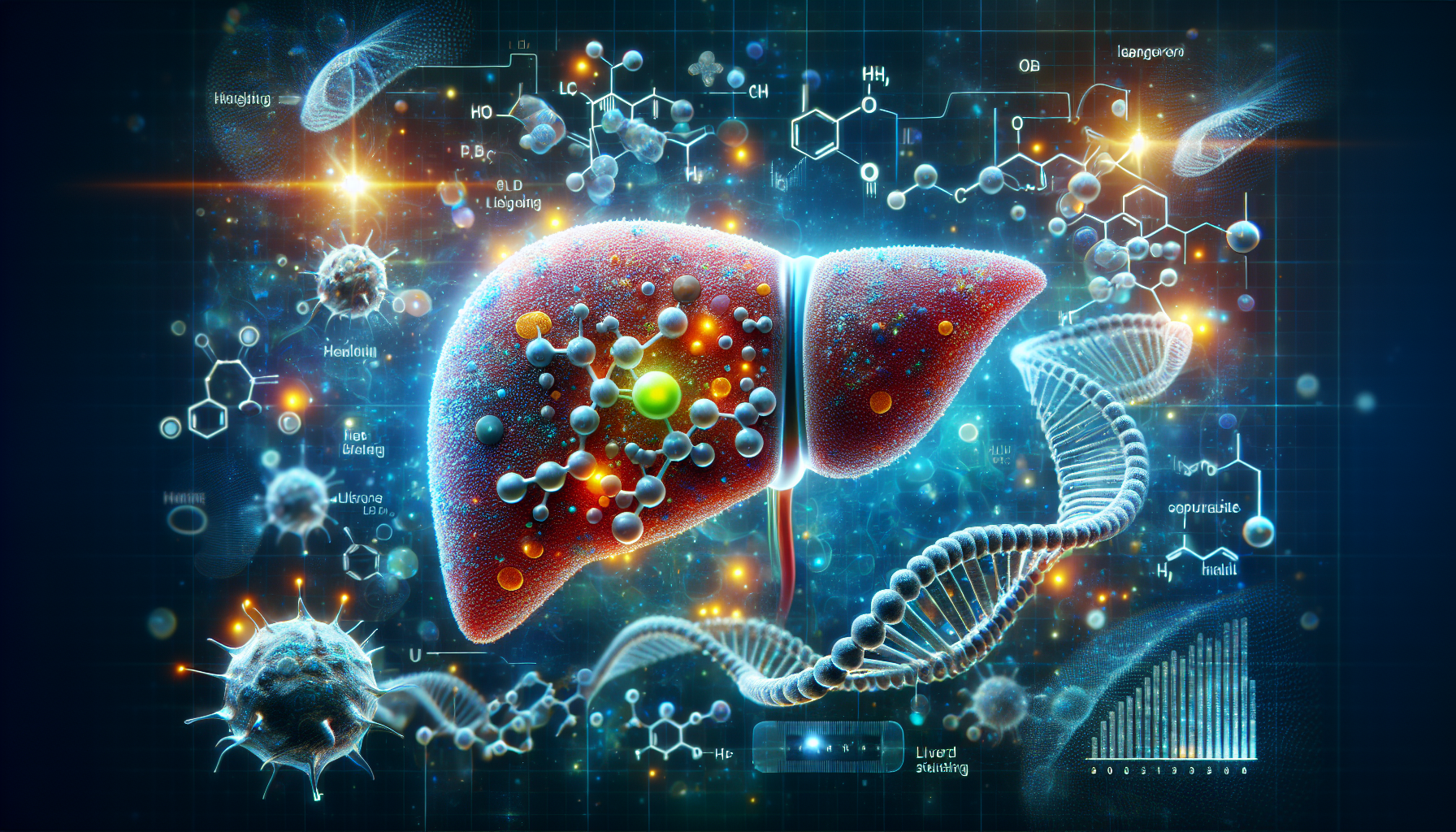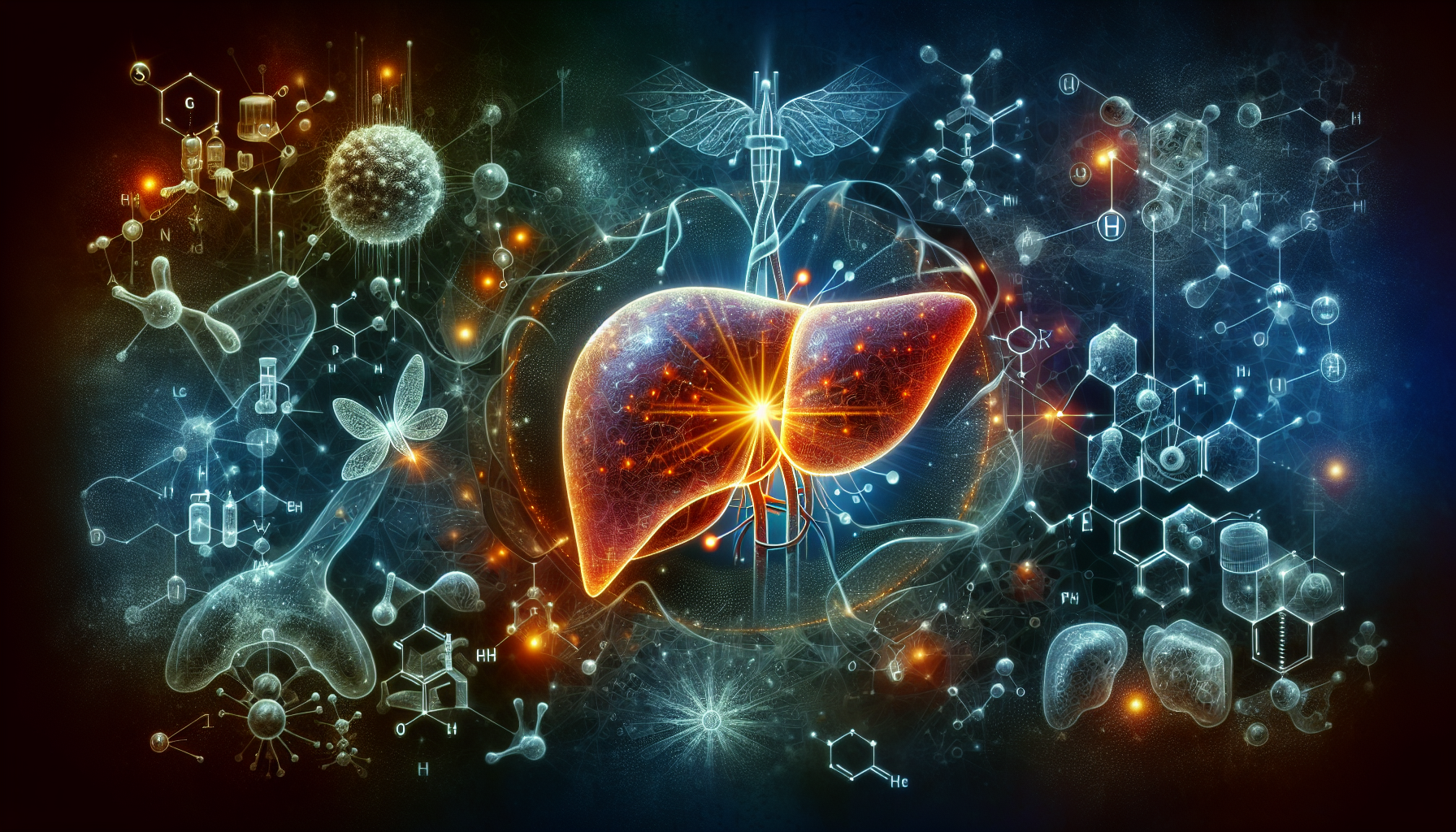New Hope in Treating Liver Disease: Tirzepatide Shows Promising Results
Key Takeaways
- Tirzepatide shows significant potential in treating MASH.
- Improvement in fibrosis and metabolic markers observed.
- Safety profile consistent with previous studies.
Did You Know?
Introduction to MASH and Treatment Options
Metabolic dysfunction-associated steatohepatitis (MASH), previously called nonalcoholic steatohepatitis (NASH), is a severe liver disease that is linked with metabolic issues like obesity and type 2 diabetes. It is the second most common reason for liver transplants in the United States, making effective treatments crucial.
Currently, treatment options for MASH are limited, predominantly focusing on lifestyle changes such as diet and exercise. Consequently, new pharmaceutical treatments are highly anticipated.
The SYNERGY-NASH Study
The recent phase 2 SYNERGY-NASH study brought some much-needed good news. Conducted by Eli Lilly and Company, this study examined the effectiveness of tirzepatide, a GIP and GLP-1 receptor agonist, in adults with biopsy-confirmed MASH with stage 2 or 3 fibrosis.
The study involved 190 participants, both with and without type 2 diabetes. They were randomly assigned various doses of tirzepatide or a placebo and were monitored for 52 weeks.
Impressive Results from the Study
The results were groundbreaking. Approximately 51.8% of participants taking 5 mg, 62.8% taking 10 mg, and an impressive 73.3% taking 15 mg of tirzepatide showed the absence of MASH without worsening fibrosis. In stark contrast, only 13.2% of participants on placebo achieved this result.
Additionally, a significant number of participants also showed improvement in liver fibrosis, with no worsening of MASH. Specifically, 59.1% on 5 mg, 53.3% on 10 mg, and 54.2% on 15 mg of tirzepatide showed this improvement, compared to 32.8% of those on placebo.
Additional Benefits Observed
Besides improvements in MASH, participants treated with tirzepatide also showed reductions in body weight and improvements in blood markers related to liver injury. These changes suggest that tirzepatide could also offer additional health benefits beyond liver disease management.
Safety Profile
The safety profile of tirzepatide in the SYNERGY-NASH study was consistent with previous studies. The most frequently reported side effects were primarily gastrointestinal and ranged from mild to moderate. They included nausea, diarrhea, decreased appetite, constipation, and weight loss.
Future Prospects for Tirzepatide
Given these promising results, Eli Lilly is already in discussions with regulatory authorities to potentially move forward with tirzepatide as a treatment for MASH. If approved, this could mark a significant breakthrough in the management of this debilitating liver disease.
Broader Impact of Tirzepatide
Tirzepatide is not only being studied for MASH but is also under investigation for several other conditions like obesity, heart failure, chronic kidney disease, and obstructive sleep apnea. Its multifaceted approach makes it a versatile candidate in the pharmaceutical landscape.
Conclusion
The findings from the SYNERGY-NASH study are encouraging for patients and healthcare providers alike. While more research is needed, the initial data highlights tirzepatide as a promising new therapy in the battle against MASH.
For now, maintaining a healthy lifestyle remains crucial for managing MASH. However, the prospect of new treatments like tirzepatide brings hope for better management and improved quality of life for those affected by this disease.
References
- European Association for the Study of the Liver (EASL) Congress 2024https://easl.eu
- The New England Journal of Medicinehttps://www.nejm.org
- Eli Lilly and Companyhttps://www.lilly.com/news






